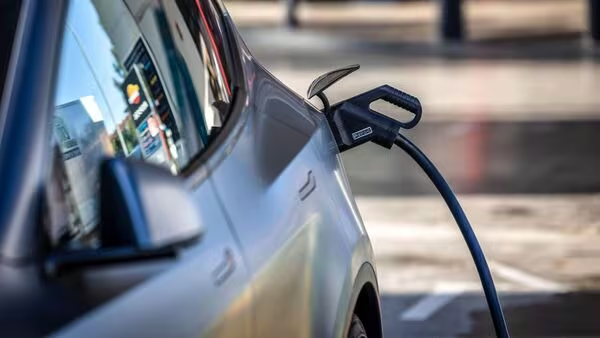Auto & Transportation
From October 2026, electric vehicles in India will be equipped with a pedestrian warning system or AVAS. How it operates


By Kajal Sharma - 01 Oct 2025 04:40 PM
From next year on, electric vehicles in India are expected to become noisy. In India, the Ministry of Road Transport and Highways (MoRTH) has prepared a notification suggesting the establishment of a pedestrian warning system using Acoustic Vehicle Alerting Systems (AVAS) for electric vehicles. As a result, electric vehicles in India will be equipped with a pedestrian warning system that notifies other road users of the electric vehicle's presence.As reported by the US Department of Transportation, electric vehicles present a 20% greater risk of pedestrian accidents compared to cars with internal combustion engines, and this risk increases to 50% during low-speed driving. In markets such as the US, Japan, and Europe, AVAS is a compulsory feature for electric vehicles. With this technology, the low-frequency artificial sound produced by the EV easily alerts road users.
According to the draft notification put forth by the MoRTH, all new electric vehicles, encompassing both passenger and goods carrier vehicles, are required to be equipped with AVAS starting from October 1, 2026. The rule will apply to the electric vehicles currently in production as of October 1, 2027. The government notification stated, "From 1st October 2026 onwards for new models, and from 1st October 2027 for existing models, electrified vehicles of category M and N must be equipped with an AVAS that complies with the audibility requirements outlined in AIS-173, as it may be revised over time."Regarding this, Md Saddam Hussain, Principal Research Associate at the Alliance for an Energy Efficient Economy, stated that the mandate will enhance pedestrian safety and align India with global best practices. In the context of India’s crowded cities, an audible alert can significantly impact low-speed situations, as long as the sounds are crafted to be effective while avoiding contributions to noise pollution. It will be crucial to include two- and three-wheelers in phases and to enforce regulations strictly through the use of well-defined thresholds and accredited laboratories. He added that for maximum impact, AVAS should be complemented by active safety technologies such as pedestrian Automatic Emergency Braking (AEB).
























